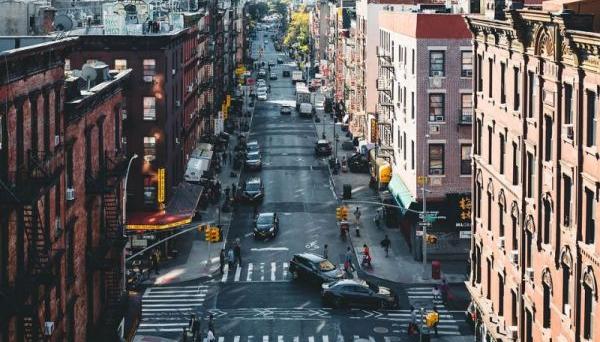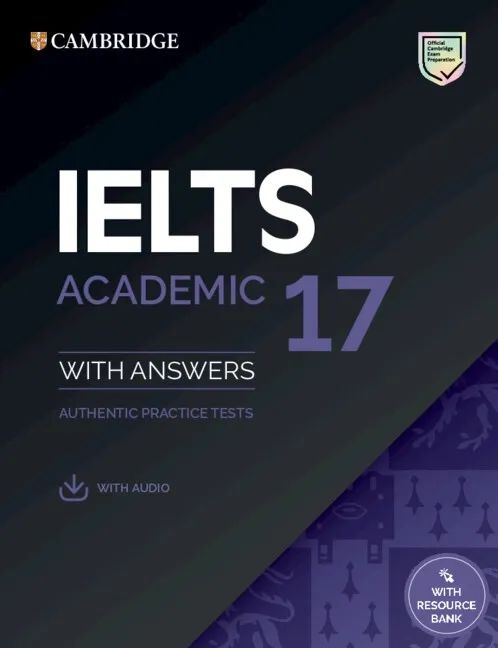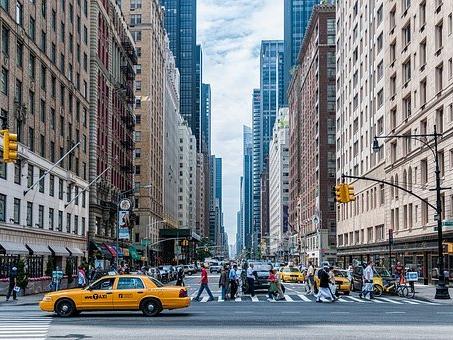雅思大作文【博物馆的访问主要是哪里人】高分范文分享!
Different individual attitudes towards the experience of cultural industry and the inner property of museums make those historical sites only attract tourists but not local visitors. I would illustrate solutions in this essay to relieve this condition.

图片来源网络
The first reason may lie on the attitudes held differently between tourists and local residents. Museums, especially those internationally famous ones, are invariably endured with the function of delivering cultural identity of a certain place: the architecture of the museums or heritage sites usually reflect the local style or civilized characteristic; the exhibits or relics are shown to manifest the history or humanity of the location. Therefore, these places are considered as a necessary scenery to newcomers, who would like to deeply enrich their touring experiences with novelties in an unfamiliar place. This, however, seldom panders the local residents who want to entertain themselves with some cultural products in their daily life with recreations that are more relaxed; a place that is seriously educative never fits with their preferences.
Besides, the development of today’s museums also forces themselves to be far from the capacity attracting the locals. Those sites have already been shaped as the “transmitting instruments” of local cultures; they are considered as a part of the tourist industry oriented to the passers, or made to become the landmark of a tourist destination. Those scenic spots, ergo, inevitably share the characters of every other attractions: full of regional features, too typical and serious to be visited for more than once—once it is enough impressive to visit a place, there is no need for frequently experiencing by people already knowing this, and that is why dwellers are awe of visiting those museums; they are too monotonous and outworn for familiars.
That means the alternation is integral if museums want to extend their market among the local clients. A primary concept is to refine the stereotype of museums and heritage industries among their potential visitors; they should be with attractiveness to residents by abandoning the dull, serious image they used to have. Mass media can be the best channel in reshaping the role of museums: by making stunning films, documentaries or even online programs concerning to the exhibits or those valuable relics, people can be conveyed with the perception that one can also have fun with museums. Hard-advertisement is also highly welcomed: celebrities, or other public figures are also recommended to be invited to stand for heritage industries, or to come to museums in person.
Contents inside museums should also be bettered simultaneously, to make sure they can be largely fresh to the locals. New exhibiting forms, or technics should be employed to improve the involvement: computing technology like VR, for example, can be introduced in making the young experiencers less prone to come and visit. Changing the exhibitions is also imperative—it is granted hard to replace all the items or displays, but at least it is worth a trial to make place for some new shows—to increase the satisfaction of local travelers, or to earn reputation from their customers for a sustainable prosperity.
In conclusion, it is the misconception derived from residents and the narrowed function of museums that preclude the heritage industry from being prevailing among locals, and rooted transforms should be implemented in both the mentality of the dwellers and museums.
相关词汇
Invariably 必然地
Endure 赋予
Cultural identity 文化特性
Novelty 猎奇
Pander 迎合
Transmitting instrument 传播工具
Monotonous 死板的
Outworn 陈腐的
Integral 必要的
Refine 改良
Stereotype 刻板印象
Reshape 重新塑造
Stunning 精彩的
Hard-advertisement 硬广告
Prone to 不情愿
Imperative 必要的
Preclude 阻碍
Dweller 居民








